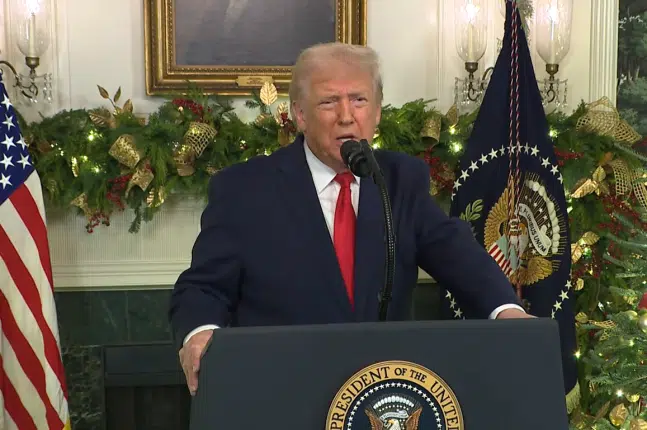President Donald Trump and the Office of Management and Budget have completed another budget, this time for Fiscal Year 2021, that proposes $4.4 trillion of spending cuts over the next decade and reaching balance within 15 years.
Put another way, the Trump administration proposes spending $56.3 trillion over the next decade instead of the $60.7 trillion projected to be spent under current law.
But, unless Congress acts on those proposals, the federal government will continue to spend the monies already allocated under the law—and then some—causing the national debt, now $23.2 trillion, to continue to skyrocket.
Since 1980, the national debt has averaged 8.74 percent growth a year while the economy has only managed 5.4 percent nominal growth, that is, before adjusting for inflation.
If these trends continue without any fiscal adjustments by Congress, by 2037, the national debt will reach a whopping $100 trillion, or about 192 percent of debt to GDP, which will only be about $56.5 trillion by that time.
Incentivizing vast spending schemes in Congress is rising market demand for U.S. Treasuries. With interest rates as low as they are, and the potential they might go negative, the counterargument is that markets actually want more debt.
Could we have a funding crisis one day? If we do, it will be because of this perverse incentive for the government to borrow at the behest of investors.
But it might not be that bad. If the debt only grows at 5.1 percent, the average since 2017, while the economy grew at a nominal 4.6 percent a year that we’ve seen since then, you’re still looking at 118 percent of debt to GDP, up from 105 percent currently. Not as terrible a scenario.
The real question is what receipts will do relative to outlays. Since 2017, tax revenues have increased an average 1.97 percent a year, but spending increased 4.94 percent, according to OMB data. But that data is during arguably from the best of economic times, with the Trump economy scoring record low unemployment, 7 million new jobs and sustained economic growth.
The times the deficit blows up is when the business cycle ends and an eventual recession occurs, as one surely will. Then, receipts take a huge hit while Congress tends to engage in countercyclical spending.
Which is why the best way to keep debt to GDP under control is to control spending when times are good.
The main reason for the steady growth of the debt is that two-thirds of the federal budget operates on autopilot with outlays baked into law, so-called mandatory spending. Congress could pass no budget resulting in a partial government shutdown but the vast majority of spending would continue.
It is this annual failure to consider most of the budget that explains why it keeps growing. Programs like Social Security, Medicare and Medicaid are codified in law, making expenditures subject to the eligibility of applicants. The more people eligible, the bigger the budget.
That is why Congress needs to prioritize. If these larger ticket programs are a top priority for funding — both parties say they are — then Congress has to find other areas to cut not deemed essential.
Americans for Limited Government President Rick Manning issued a statement praising the Trump budget and urging Congress to act now, saying, “President Trump continues to produce budgets that provide a pathway to balance in 15 years, with $4.4 trillion of cuts over 10 years. It is up to Congress to pass appropriations bills that include a similar commitment to cutting the deficit. Unfortunately, Democratic politicians like House Majority Leader Steny Hoyer continue to attack President Trump for the escalating budget deficit while ignoring their primary role in increasing government spending. If Congress worked, and the House majority actually wanted to govern, they would make budget deficit reduction a primary focus in 2020. Unfortunately, what they really want is to blame the President for their credit card abuse. It’s time for Americans to tell Congress the cut the budget now.”
With Congress, when it comes to the debt, the sky’s the limit. Meaning, President Trump’s budget with its modest $4.4 trillion of cuts over 10 years is the only game in town. It may not balance the budget immediately, but at least there’s a horizon, and that’s more than Congress can say.
Robert Romano is the Vice President of Public Policy at Americans for Limited Government.







